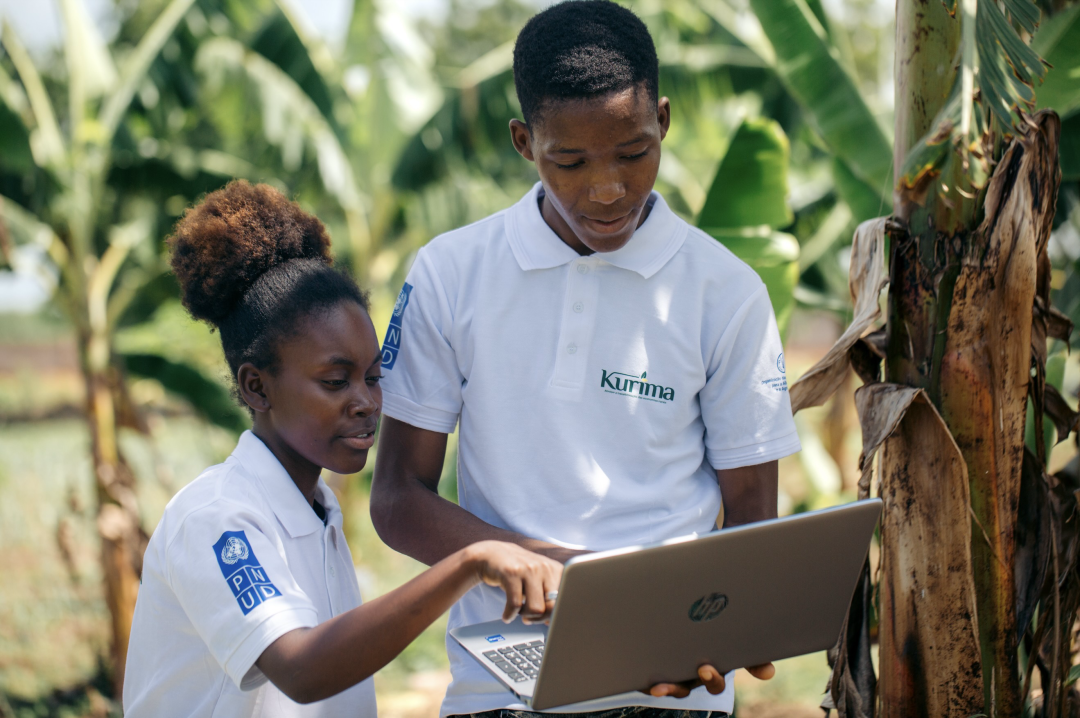Disclaimer:
Please be aware that the content herein has not been peer reviewed. It consists of personal reflections, insights, and learnings of the contributor(s). It may not be exhaustive, nor does it aim to be authoritative knowledge.
Overview
Prepared by (Name of the experimenter)
Daniela Lima
On date (Day/Month/Year)
01/May/2024
What action learning plan is this activity related to?
Digital Inclusion and Future Skills Pilot
Design
What is the specific learning intent of the activity? Why is it important to do this experiment?
We want to learn what are the main digital and soft skills that can increase the capacity of youth in rural areas and attract them to better jobs in the agriculture value-chains. We also want to understand to what extent digital and entrepreneurship training can support existing and new businesses for youth.
What is your hypothesis? IF... THEN....
If we introduce youth from rural areas to digital and entrepreneurship skills they will be more prepared and interested to create or enhance agriculture value-chain businesses in their communities.
Does the activity use a control group for comparison?
No, it does not use a control group
Describe which actions, with whom, where, when will you (or did you) take to test your hypothesis:
The pilot reached 20 youth from Cacuaco, Luanda with a 2 months digital and future skills program/curricula tailored to youth in rural areas and connected to Agribusiness.
If you worked with partners, please choose what sector they belong to (select all that apply)
Civil Society, Private Sector, Government (& related), United Nations
What is the total estimated monetary resources needed for this experiment?
More than 20,000 USD
Please upload any supporting images or visuals for this experiment.
Please upload any supporting links
Results
Was the original hypothesis (If.. then) proven or disproven? In which way do the results support the original hypothesis or not?
The hypothesis was proven. After the course ended, the students presented business plans which were entirely developed by them and prepared all the visuals and presentations. Some students that participated in the training continued using the acquired skills after training to develop new businesses and enhance existing businesses. After the course ended we have received invitations from groups of students who have been organizing learning sessions on digital skills and business skills, how to make food processing, soap making and candle making. Students have been using the skills acquired for marketing in social media and design flyers and materials to support their businesses.
What are the most important learning outcomes of the experiment? Are any changes recommended?
We have learned that there is a high capacity and willingness for entrepreneurship from youth in rural areas and high interest in digital tools. However, since young girls and women still have more challenges in daily lives there needs to be enhanced support for gender inclusion. Scaling-up will include additional support to girls and women to ensure inclusion.
Considering the outcomes of this experimental activity, which of the following best describe what happened after? (Please select all that apply)
Solutions tested in this experiment were scaled in numbers, This experiment led to partnerships, This experiment led to resource mobilization
Please include any supporting images that could be used to showcase this activity
Please add any supporting links that describe the planning, implementation, results of learning of this activity? For example a tweet, a blog, or a report.
Learning
What were the main obstacles and challenges you encountered during this activity? What advise would you give colleagues trying to replicate this experimental activity?
Despite limited access to computers (only 4% have had access to a computer before the training), most participants possess basic cell phones and smartphones with internet access, highlighting the significance of mobile devices in their daily lives, particularly in areas where computers are less common. Gender-based disparities are evident, with a notable percentage of women not using computers, while men exhibit a more varied distribution in computer usage. In mobile phone skills, women tend to have higher confidence, but both genders exhibit significant gaps in software and internet-related challenges. The gender divide is also felt in the attendance and participation in the training. Many young girls between 19 to 25 years old have month old babies that they need to bring to the class, while others are forced to skip training sometimes due to childcare duties. While the pilot does not include dedicated childcare support, in future iterations this is critical to ensure equal access to training.
Internet access is another important point. Half of the participants have access via mobile data, while others do not have internet access at home or at school/work. This highlights the need to ensure connectivity is affordable and available to everyone.
One positive finding was the widespread belief that digital tools can help solve problems and improve work or business. This suggests a positive attitude towards technology and an openness to learning and integrating digital tools into their lives. Participants are also very confident in their capacities and expressing a desire to continue using the skills they acquired after training, especially in social media for business and graphic content creation. This indicates that practical and applicable skills are more likely to be retained and used in the future. Applications like Canva, used to create visual and graphic content, show limited use, but there is interest in learning and improving these skills. This indicates a possible demand for training in graphic design and visual content creation, valuable skills in digital marketing and communication.
The most common use of technology is to take pictures most participants mentioned that they use the phone camera to take pictures every day or at least twice a week. There is a clear trend of frequent use of popular applications such as WhatsApp and Facebook, indicating that participants are familiar and comfortable with communication platforms and social networks. This may reflect the importance of social communication and networking in their daily lives. However, the main reason behind the use of Facebook is that it is currently free to use in the country. Tools such as Microsoft Word and Excel show less frequent use, with many respondents indicating a lack of basic knowledge or skills. This suggests an opportunity to increase digital literacy and productivity software skills, which are essential in the modern workplace and specially when applied to businesses in the agriculture value-chains and cooperatives.


 5Gender equality
5Gender equality 8Decent work and economic growth
8Decent work and economic growth 10Reduced innequalities
10Reduced innequalities


Comments
Log in to add a comment or reply.